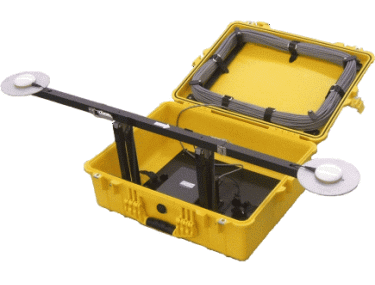The Magnetic Compass vs. The Gyroscopic Compass
Posted by admin , on Dec, 2014
The magnetic compass used today are actually very similar to those used thousands of years ago by ancient Chinese and Mediterranean mariners. They are still basically built using a magnetized needle, or several needles, allowed to rotate on a horizontal plane.
Although today’s magnetic compass is better designed and constructed than those of centuries ago, the main difference comes simply from an improvement in our knowledge and understanding of the laws of magnetism, and how they govern the compass’ behaviour.
In the late 1800s, when iron and steel took over from wood as the main ship-building materials of choice, it it started to become more and more difficult to take accurate magnetic compass readings. In 1908, the German engineer Hermann Anschutz-Kampfe invented the gyrocompass, which, three years later, was modified and improved for use on board ships.
What is a Gyrocompass?
A gyrocompass is basically a gyroscope that seeks, and continuously aligns itself with, the meridian, and points towards true North. It depends upon the gyroscope’s inertia (its rigidity in space) to find true North, and uses the Earth’s gravitation and rotation as references.
Unlike a magnetic compass, a gyrocompass is not affected by magnetic deviation, so there is no need to compensate for the difference. And, because it is capable of driving repeaters located on both the port and starboard sides, it can also act as an aid to the captain when steering or docking the ship.
Modern day gyrocompasses can be interfaced with virtually all other navigational equipment such as sonar, radar, global positioning systems (GPS) and autopilot.
An Indispensible Backup
However, despite the advantages that the modern gyro compass has over the more traditional magnetic compass, most ships today will always keep magnetic compasses on standby as backups to the gyros.
In fact, it is a regulation of the United States Navy that all self-propelled ships and service craft (with the exception of nuclear-powered submarines) be equipped with at least one magnetic compass at their primary steering station. It is usually located on the centerline in the ship’s pilothouse, so that it can easily be seen by the helmsman.
Watson Industries gyros and inertial sensors can be used in a wide variety of applications.Browse our website at www.watson-gyro.com.



